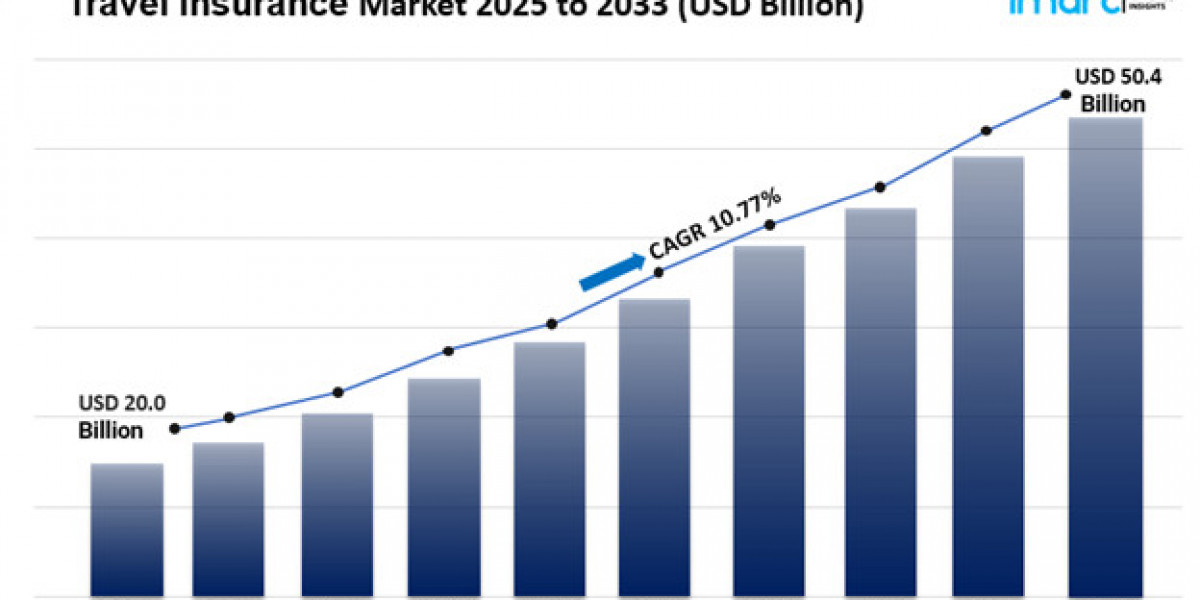Introduction
The global surge in plant-based diets has brought the vegan pasta market into the spotlight. With growing consumer demand for healthier, cruelty-free, and sustainable food options, vegan pasta has become a staple in homes and restaurants alike. However, as the market expands, so too does the complexity of regulatory frameworks and labeling standards.
From defining what qualifies as "vegan" to navigating cross-border compliance, brands in the vegan pasta space face a unique set of challenges. This article explores the current regulatory landscape, labeling requirements, and hurdles that manufacturers and retailers must address to thrive in this dynamic industry.
Defining “Vegan” in a Regulatory Context
Unlike terms such as "organic" or "gluten-free," the label "vegan" is not consistently regulated across all regions. This creates ambiguity and potential for consumer confusion. In the context of the vegan pasta market, regulatory clarity is essential for transparency and trust.
Key Issues:
No universal legal definition for "vegan" in many countries
Varied certification bodies (e.g., The Vegan Society, Certified Vegan, V-Label) with different standards
Discrepancies between regional food laws regarding animal-derived processing aids and trace ingredients
Manufacturers must decide whether to follow voluntary certifications or rely on self-declared claims, each of which carries compliance and reputational risks.
Ingredient and Allergen Disclosure
One of the biggest challenges in the vegan pasta market is ensuring complete ingredient transparency. This includes not only primary components like wheat, rice, or lentils, but also additives, stabilizers, and processing agents that may contain hidden animal derivatives.
Regulatory Requirements Often Include:
Full disclosure of all ingredients and sub-ingredients
Clear identification of allergens (e.g., gluten, soy, nuts)
Proper labeling of cross-contamination risks during manufacturing
In the EU, for example, food labeling is governed by Regulation (EU) No 1169/2011, while the U.S. adheres to the FDA's Food Labeling Guide. These frameworks ensure that labels are truthful and not misleading—but applying them to vegan claims can be complex.
Regional Regulatory Differences
The global nature of the vegan pasta market means that brands often export to multiple countries, each with its own standards. This complicates product development, packaging design, and legal compliance.
Examples:
European Union: While vegan labeling is not yet harmonized, countries like Germany and France have introduced national standards.
United States: No formal FDA definition for "vegan," but enforcement of misleading labels falls under consumer protection laws.
Canada: Health Canada requires that vegan claims be truthful and not misleading; the Canadian Food Inspection Agency (CFIA) monitors compliance.
Australia: The FSANZ (Food Standards Australia New Zealand) offers guidance on vegetarian and vegan claims, but no binding definitions exist.
To navigate these waters, manufacturers must often create region-specific labels or seek third-party certifications recognized in target markets.
Certification and Labeling Symbols
To build consumer trust, many brands in the vegan pasta market pursue third-party certifications. These include:
The Vegan Society Trademark (UK)
Certified Vegan Logo (US)
V-Label (Europe)
While these marks are not legally required, they serve as strong marketing tools and provide assurance of compliance with rigorous vegan standards. However, obtaining certifications involves time, cost, and ongoing audits, which can be a burden for smaller producers and startups.
Eco and Sustainability Claims
In addition to vegan labels, many products also carry eco-friendly claims, such as:
Compostable or recyclable packaging
Carbon-neutral production
Sustainably sourced ingredients
These claims must also adhere to regional advertising and consumer protection laws. Misleading environmental claims—also known as greenwashing—can result in regulatory penalties and damage brand credibility.
Digital Compliance and E-Commerce
As vegan pasta products increasingly enter online marketplaces, digital compliance has become just as important as physical packaging. E-commerce platforms and food delivery services often require:
Accurate online product descriptions
Full ingredient lists and nutrition panels
Transparency about vegan and allergen status
Non-compliance in digital listings can lead to product takedowns or consumer backlash.
Future Outlook: Toward Unified Standards?
There is a growing call for standardized vegan labeling at the global level, which would help streamline compliance and simplify communication to consumers. Organizations like ISO and Codex Alimentarius are being encouraged to develop internationally recognized guidelines.
Meanwhile, the vegan pasta market will continue to grow—especially in regions with clearer regulatory frameworks and consumer confidence in labeling.
Conclusion
The vegan pasta market is booming, but with growth comes the responsibility to meet evolving regulatory expectations and labeling requirements. Brands must navigate a patchwork of regional laws, certification options, and consumer expectations to ensure that their products are both compliant and credible.
For new and existing players, staying informed and proactive about regulatory changes is key to building trust, avoiding legal pitfalls, and maintaining a competitive edge in this fast-evolving industry.








